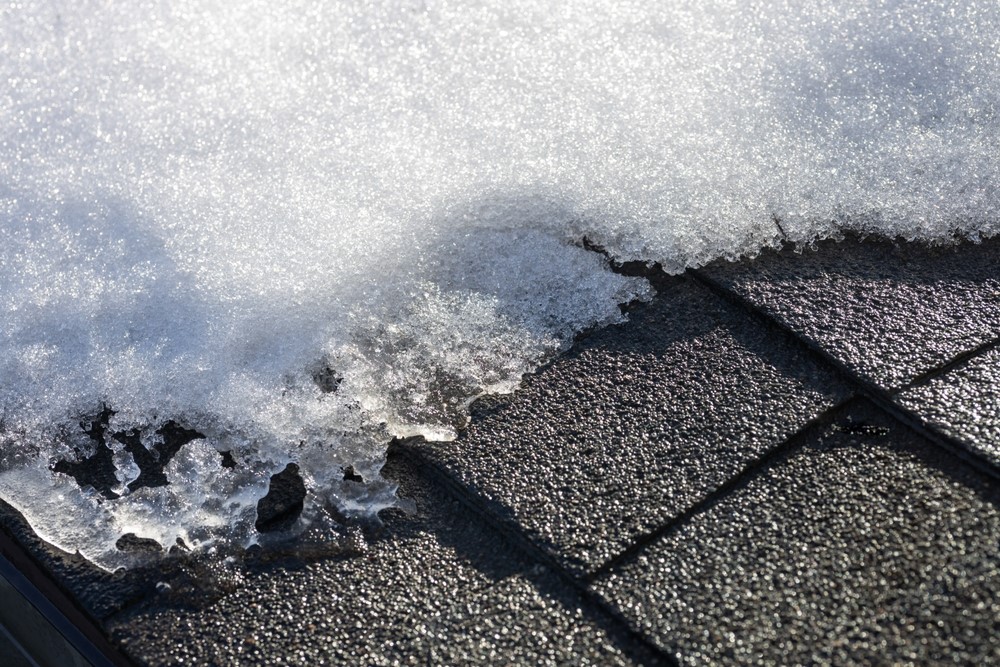Replacing your roof is a major undertaking. It’s expensive, time consuming, and can make you struggle with several decisions from shingle style to how the color will impact your curb appeal. A roof is more than just the hat that makes your home appear finished, however; it’s what helps protect your home from the elements. Before you make any decisions potential roof replacement, make sure you understand all the various components of this task.
New Roof: When It’s Time to Replace the Roof
There are definitely times when you can do roof repair or partially reroof your home, but if your roof is older, has missing or damaged shingles in multiple areas, or has recurring problems, such as shingles that frequently come off, it may be time to think of roof replacement. Your best first step is to get it inspected by a reputable roofing company to find out if a partial or full roof replacement is required.
Types of Roofing Materials
Newer roofing materials come on the market all the time. If the last time you reroofed your home was 20 years ago, it’s definitely time to take a look at what else is on the market today. In addition to some of the more traditional shingles (asphalt, slate, shakes) there are also highly attractive metal roofs that give the appearance of other materials, and architectural shingles that are head and shoulders above traditional asphalt in terms of looks and performance. Newer materials can cost more than the traditional 3-tab asphalt shingles, but they may also last longer and give you better curb appeal as well.
Layering or Stripping
If you currently have asphalt shingles on your roof, you may have choice in how you proceed with the new shingles, depending on what’s already up there. You can have up to two layers of asphalt shingles on your roof. Layering one layer on top of the other is a good way to save some money on installation costs. Unfortunately, you can only do this once, and it shingles adhere better directly to the roof than to another layer of shingles, so if you live in an area with high winds, you may be better off stripping.
If you already have two layers, you’ll be stripping no matter what, as the weight of a third layer is too much for any roof to handle.
It’s Going to Be Loud
The installation of a new roof is going to be loud. The scraping and stripping of the old shingles, and the hammering and installation of the new ones is going to be cause a lot of noise. If you, your pets, or your children are sensitive to sounds, you may need to find a place to be out of doors.
Keep in mind that the amount of shingles needed to cover a roof also takes up a lot of room. Make sure your car is already out of the garage or driveway before the shingles are unloaded if you plan on going somewhere for the day during the installation. Once the shingles have been taken off the truck, you may find yourself blocked in.
Proper Installation
Before you let the roofers up onto your roof, you should understand what the process is going to entail. Make sure you find out if they’re stripping or layering, whether or not there will be a height difference if you are only partially reroofing, and that they are taking care to flash and trim the appropriate areas. Reputable roofers should let you know exactly what they’re doing, but it never hurts to be informed so you can make good decisions if necessary.
What the Warranty Is
Find out what your new roof’s warranty is, and what is and isn’t covered. A new roof is an investment in your home, and it doesn’t come cheap. You should know what your warranty covers in the event of a problem, so you can ensure it gets taken care of properly and in a timely fashion.
Get a Contract
Before you allow a roofer onto your home, make sure that you have a contract that spells out everything you two have discussed. You should see the type of shingles, and the appropriate color selected, the area or areas being worked on, and what the job entails – stripping, layering, flashing, etc. Make sure you can trust your contractor; after all, he’ll be working on one of the most important parts of your home. Get referrals, ask all the questions that you need to, and make sure that anything discussed is in the contract before work begins.
Be an Informed Homeowner
A new roof is a major investment; don’t leave anything up to chance. Stay as informed as possible and weigh each of your decisions carefully before making any choices. In the end, your new roof should last you at least 20 to 30 years, so make sure you’re happy with the results in the end.
Subscribe to NV Roofing's Blog







